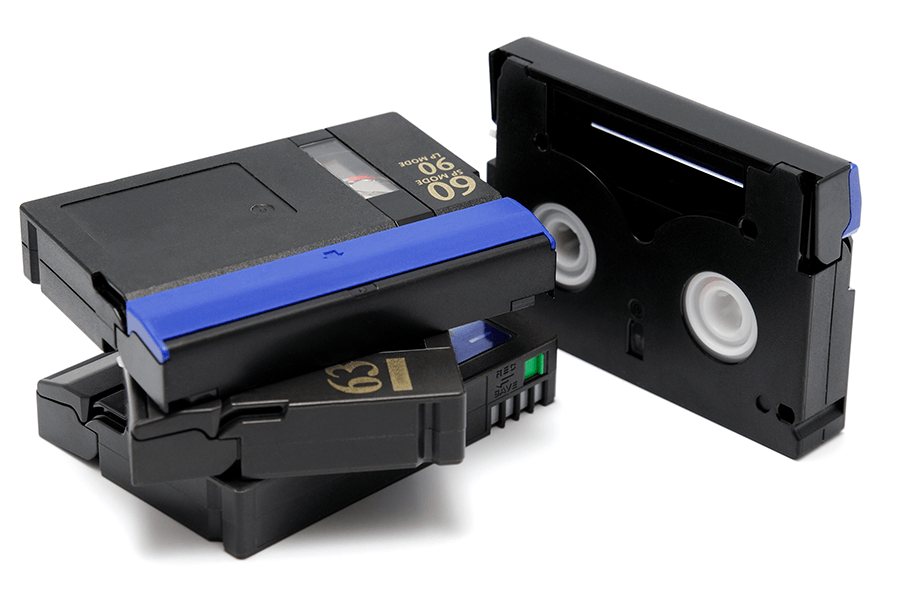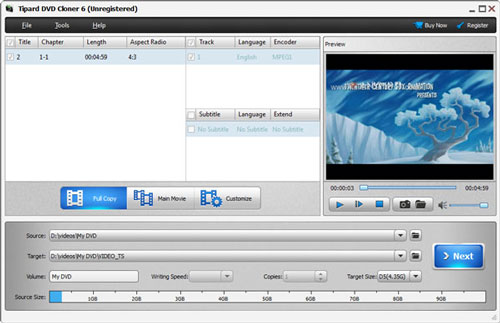

The default picture is a penguin, but you can assign your own. The parameter -set-backup-title of dvbackup allows you to assign a specific name to each backup, while the -set-picture parameter allows you to assign a picture to each backup, which will show up in the camcorder’s LCD screen. You can record files to different parts of the tape, but knowing which files are where can get confusing (unless you create a giant 10GB tar.gz archive with your files and fill all the tape in one go). If all is well, type dvconnect | dvbackup -d | cpio -imV to retrieve the files from the camcorder back to the computer. Press Play on the camcorder, and type at the CLI dvconnect | dvbackup -t to check for errors. After stopping the recording, rewind to the beginning. It took me 50 seconds to send 2GB to the camera on my first test. When the command is finished you can safely stop the camcorder. This streams the files in the current directory to the camcorder. | cpio -o -H crc | dvbackup -prefix=125 | dvconnect -s -b 500 On the computer’s command line, change to the directory where the files you want to copy are, and type:įind. Insert a tape into the camcorder, rewind it, make sure it’s correctly connected to the computer and recognized by the operating system, and press the camcorder’s Record button. After loading it, the problem was solved.Īfter making sure all the requirements are met, you’re ready to do backups. When I ran lsmod, I saw that the module “video1394” wasn’t loaded automatically. I have Ubuntu Studio installed, and on my first attempt to use dvconnect and dvbackup, I was getting device errors even though the command dvgrab -i allowed me to interact with the camera directly and capture video, so I was a bit baffled. Make sure you have all the required modules for dealing with FireWire and camera interaction. The homepage of dvbackup (or its man page) provides basic instructions on how to do the backups. dvconnect, which is installed together with libdv, serves as the interface between the camera and the computer through FireWire, while dvbackup does the actual work. To copy files to the tape and then restore them to the computer, you need two applications. Besides that, moving files to a DV tape is a good way to hide sensitive data, because few people would look there for that kind of information.

A 60-minute tape, in Short Play mode, can realistically store about 10GB of information at a speed transfer of around 3MB/second, while in Long Play mode it should be able to store about 15GB. Using DV tapes for data storage has its advantages.

If you have a camcorder and a FireWire connection to your computer, you can also use them to store files. DV and MiniDV camcorder tapes can be used for more than just storing audio and video recordings.


 0 kommentar(er)
0 kommentar(er)
